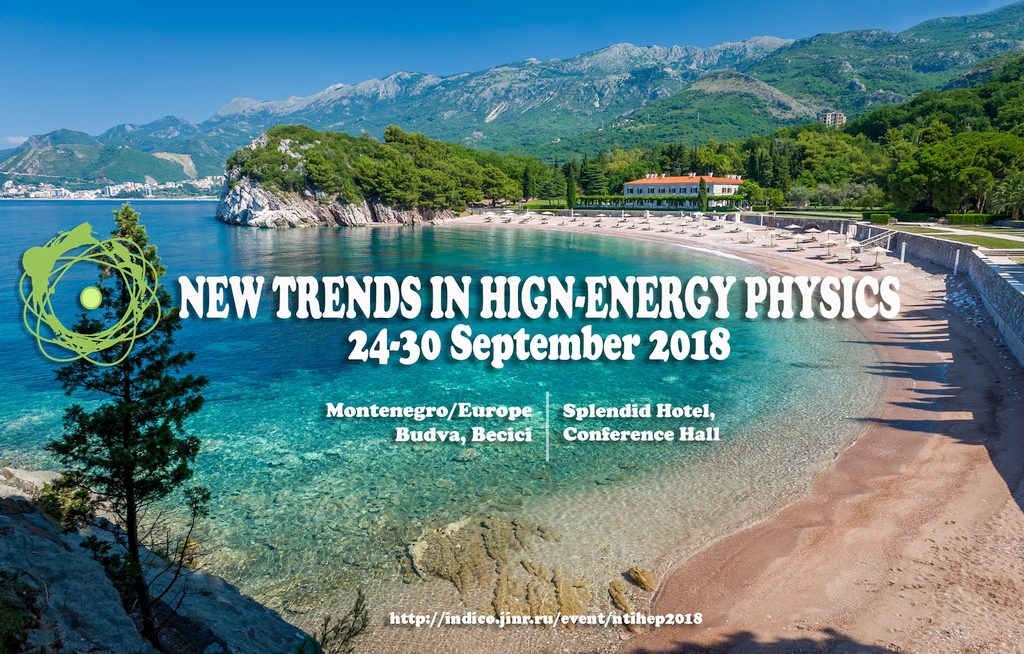Speaker
Valerio D'Andrea
(Università dell'Aquila)
Description
The GErmanium Detector Array (GERDA) experiment, located at the Laboratori Nazionali del Gran Sasso, searches for the neutrinoless double beta (0νββ) decay of the isotope Ge-76. High-purity germanium crystals enriched in Ge-76, simultaneously used as source and detector, are directly deployed into ultra-pure, cryogenic liquid argon, acting both as cooling medium and shield against the external radiation.
The second phase of the experiment is taking data since end of 2015 with an additional mass of 20 kg of newly developed BEGe type Germanium detectors, allowing for a superior background rejection by pulse shape discrimination. Moreover, the instrumentation of the cryogenic liquid volume surrounding the germanium detectors, acts as additional active veto and assures a further background suppression.
Initial results from Phase II, with about 10 kg⋅yr exposure (published in Nature vol. 544, April 6th 2017) indicate that the target background of 10-3 counts/(keV⋅kg⋅yr) is achieved, thus making GERDA the first experiment in the field which will be “background free” up to the design exposure of 100 kg⋅yr. The last data release in June 2018, with a total exposure of 82.4 kg⋅yr of Ge-76 allowed to further improve the limit on the half-life to 0.9⋅10^26 yr (90% C.L.).
In this talk we will summarize the basic concept of the GERDA design, the data taking and the physics results obtained in Phase II. A special focus will be given to the background level achieved and to the analysis of the residual background components. We will then show the expected performances for the full 100 kg⋅yr exposure and the future prospects of the search for the neutrinoless double beta with the Ge-76.
Author
Valerio D'Andrea
(Università dell'Aquila)

